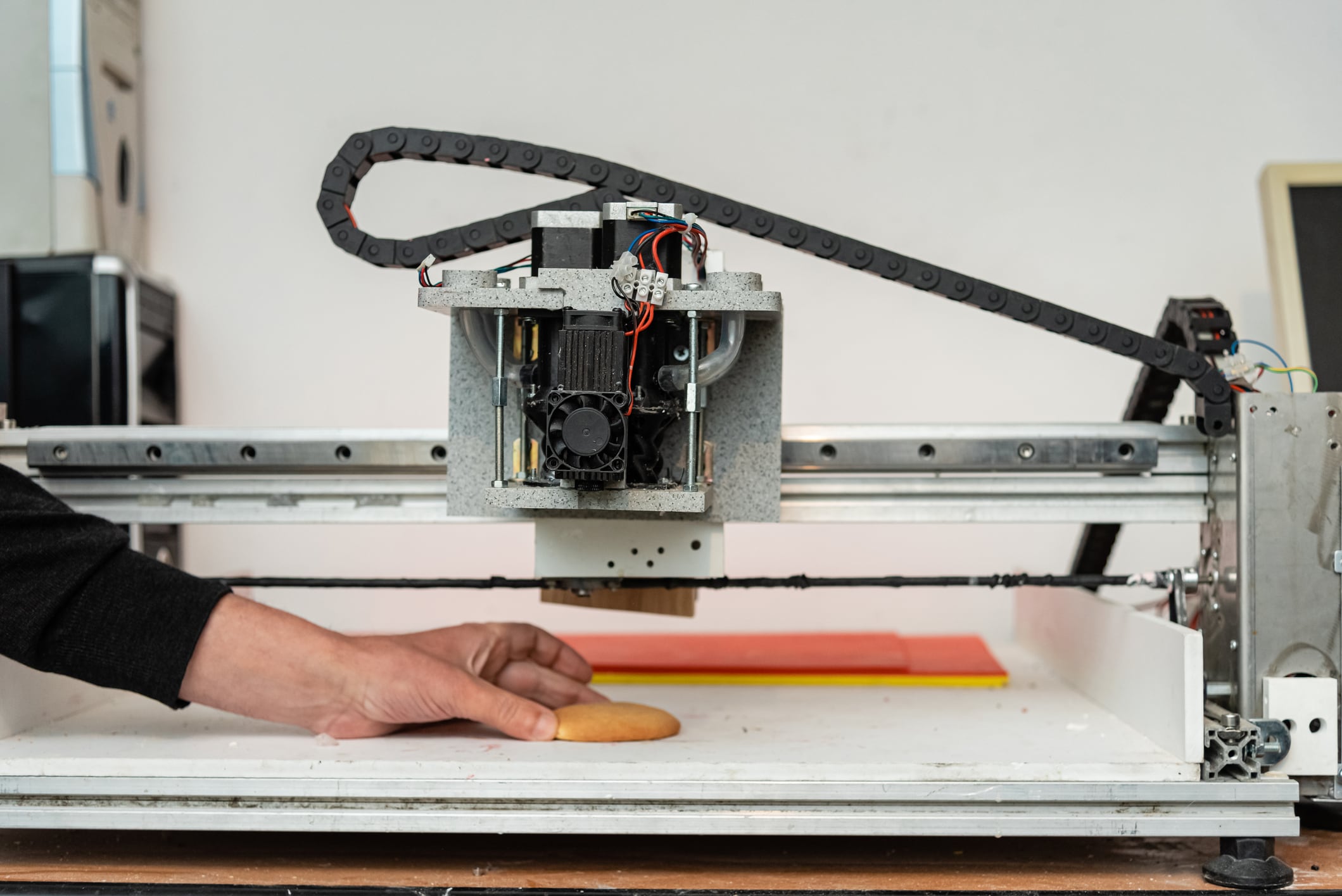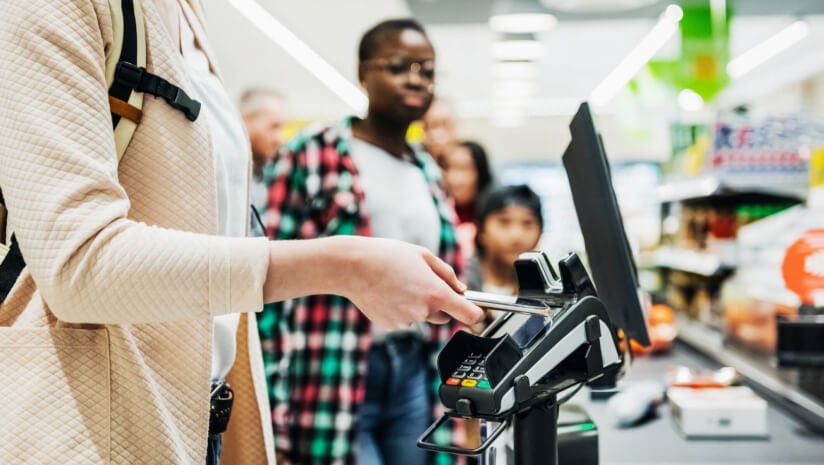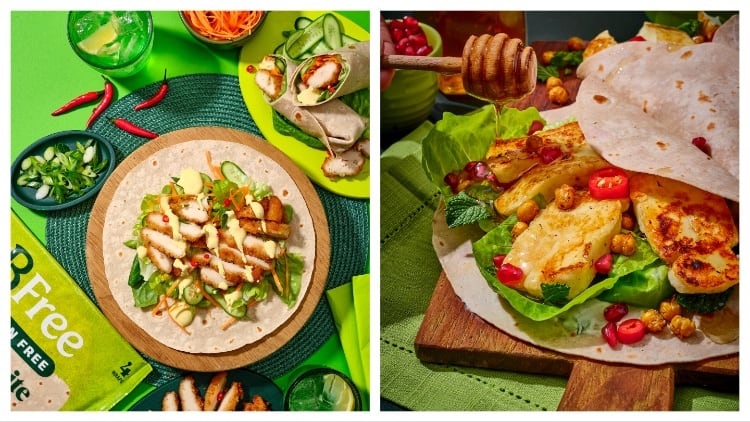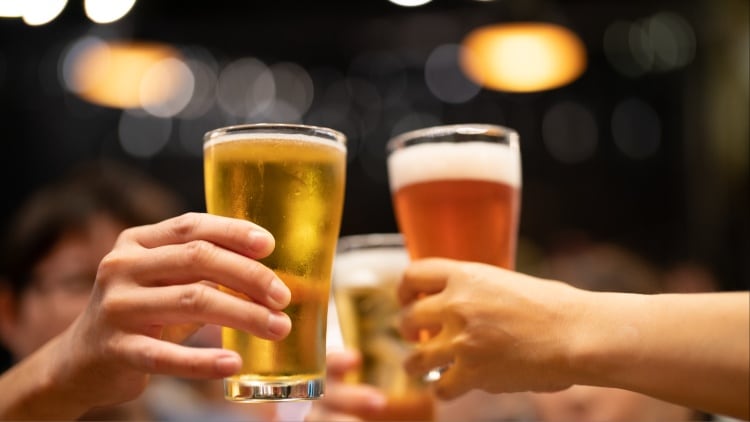The meal kit company teamed up with food futurologist Dr Morgaine Gaye and University of Oxford climate scientist Dr Joseph Poore to predict what Brits will be eating in 2050.
Hello Fresh took this research to develop ‘recipes of the future’ that tackle food waste by reusing discarded but edible parts of produce. Any food waste that does occur could be fed into 3D food printers and transformed into new dishes, for example, using leftover rice and vegetables to make sushi.
With climate change set to reshape agriculture, by 2050, we could see crops such as aubergines, soybeans and chickpeas – currently confined to warmer climates – grown locally in countries as far north as Scandinavia.
Ancestral crops
Dr Joseph Poore, climate scientist at the University of Oxford, said: “Our diets will probably look different in 2050, but perhaps not in the way that people might think. Climate change will mean that a broader range of drought and heat-resistant crops will need to be cultivated, some of which our ancestors would have grown.
“We’ll also need to eat a diet lower in animal products to avert severe global warming – these foods will be good for our health and the planet.”
There will also big changes in the way in which we consume out food. Communal mealtimes will become more common as greater value is placed in food made by humans.
The stories behind our favourite family meals will be preserved via access to multi-generational recipe databases, and with the use of holograms, people will be able to experience virtual cooking experiences with remote participants.
At the same time, people will become more dependent on AI and meal kits as they get used to ordering in precise quantities for specific meals, reducing food waste.
Scientific innovations
By 2050 new innovations in material science could allow people to stay self-sufficient by using their clothing to grow food on the go.
This could result in more people who choose to live a more nomadic life. The research imagines a puffer jacket where each pocket is used to grow plants such as herbs, micro-greens, and plant proteins.
Food futurologist Dr Morgaine Gaye added: “Despite all the changes in how and what we eat, the experience of cooking and eating together will remain an important way to connect with our senses, our friends and family, and the natural world. AI will not be able to replace the joy of a home-cooked meal with the people we love.”
Hello Fresh’s research also predicted food production becoming much more visible in cities, driven by community-led growing and buying clubs as well as a broader shift towards hyperlocal food supply chains, as countries and regions strive for self-sufficiency.
Furthermore, by 2050, foods that remove greenhouse gases from the air could be the norm. For example, an increase in vertical ocean farming and sustainable aquaculture could also mean that mussels, oysters and clams are still on the menu in 2050.





